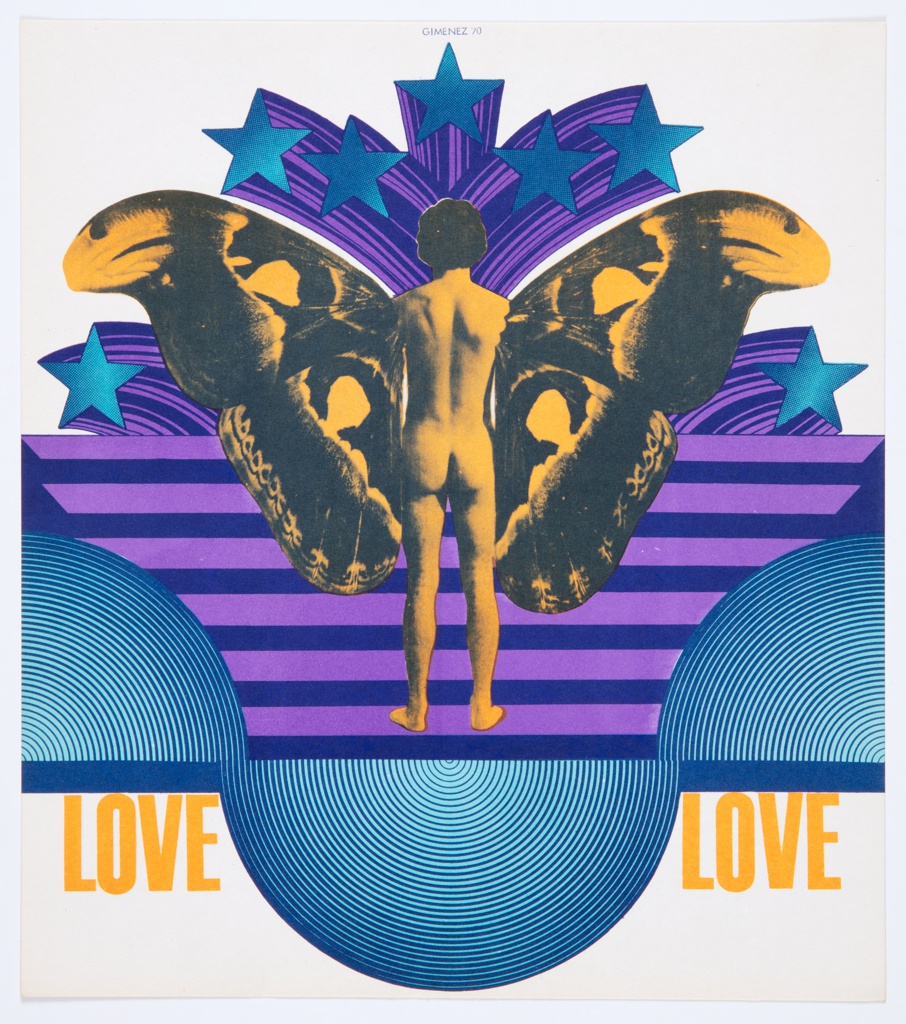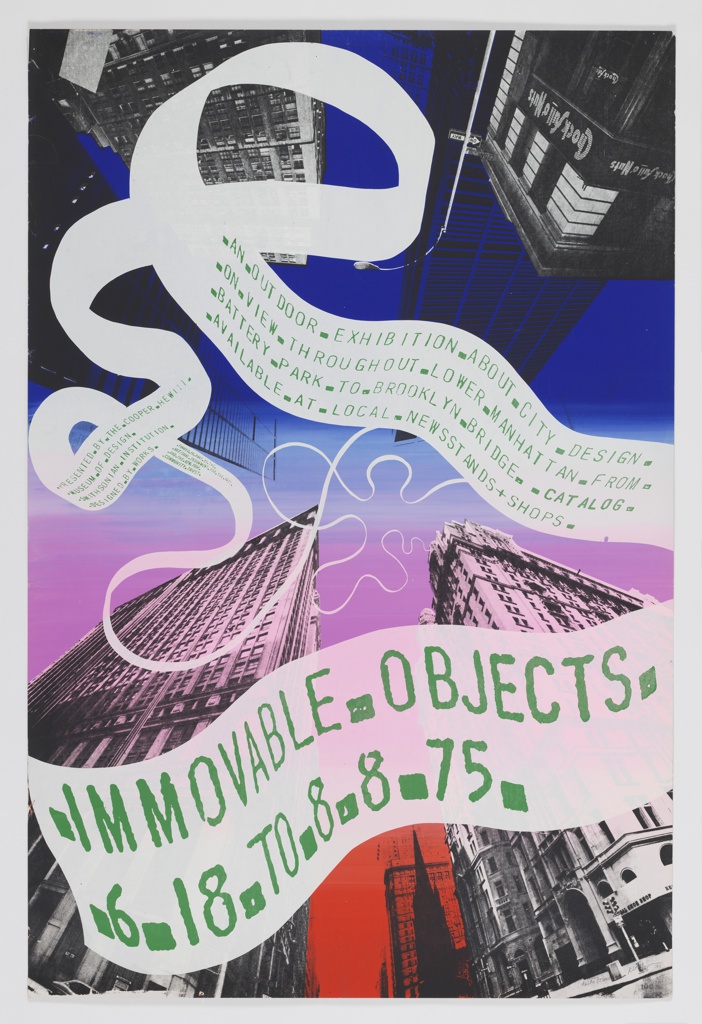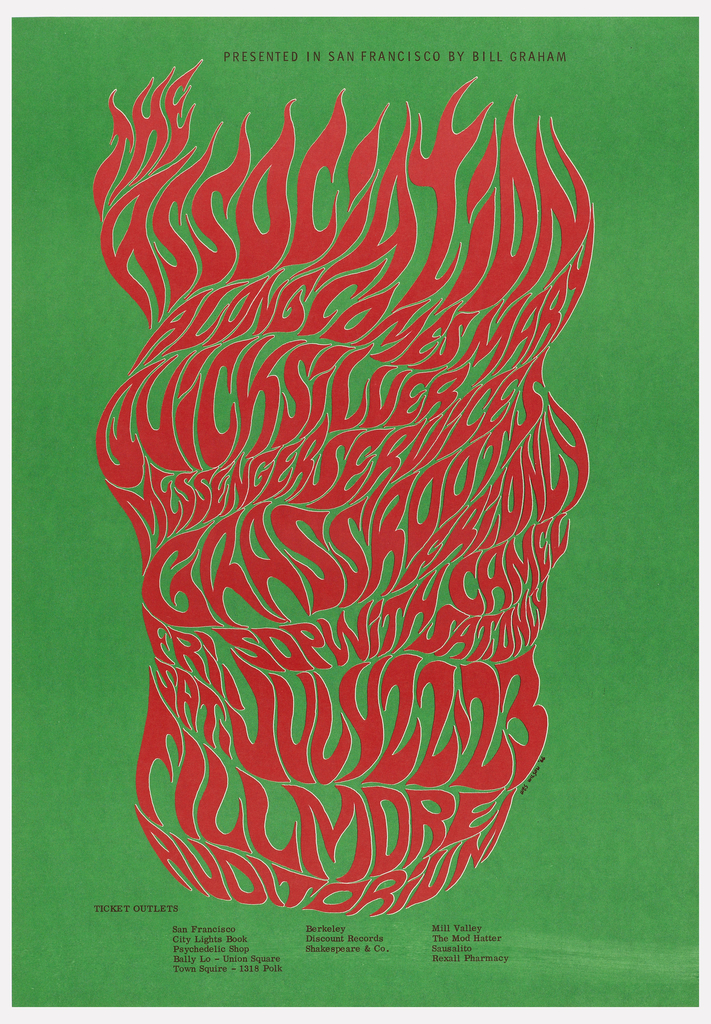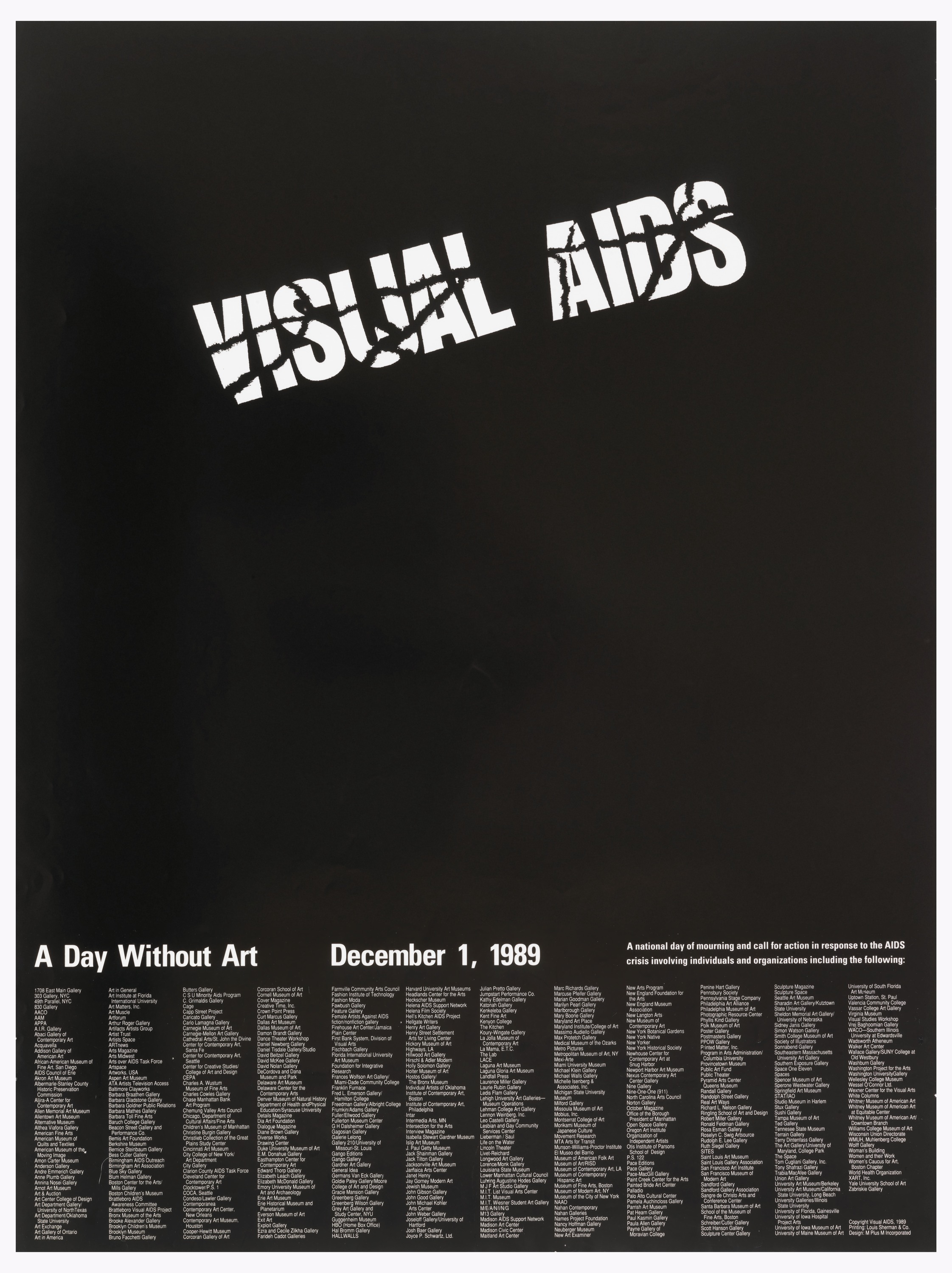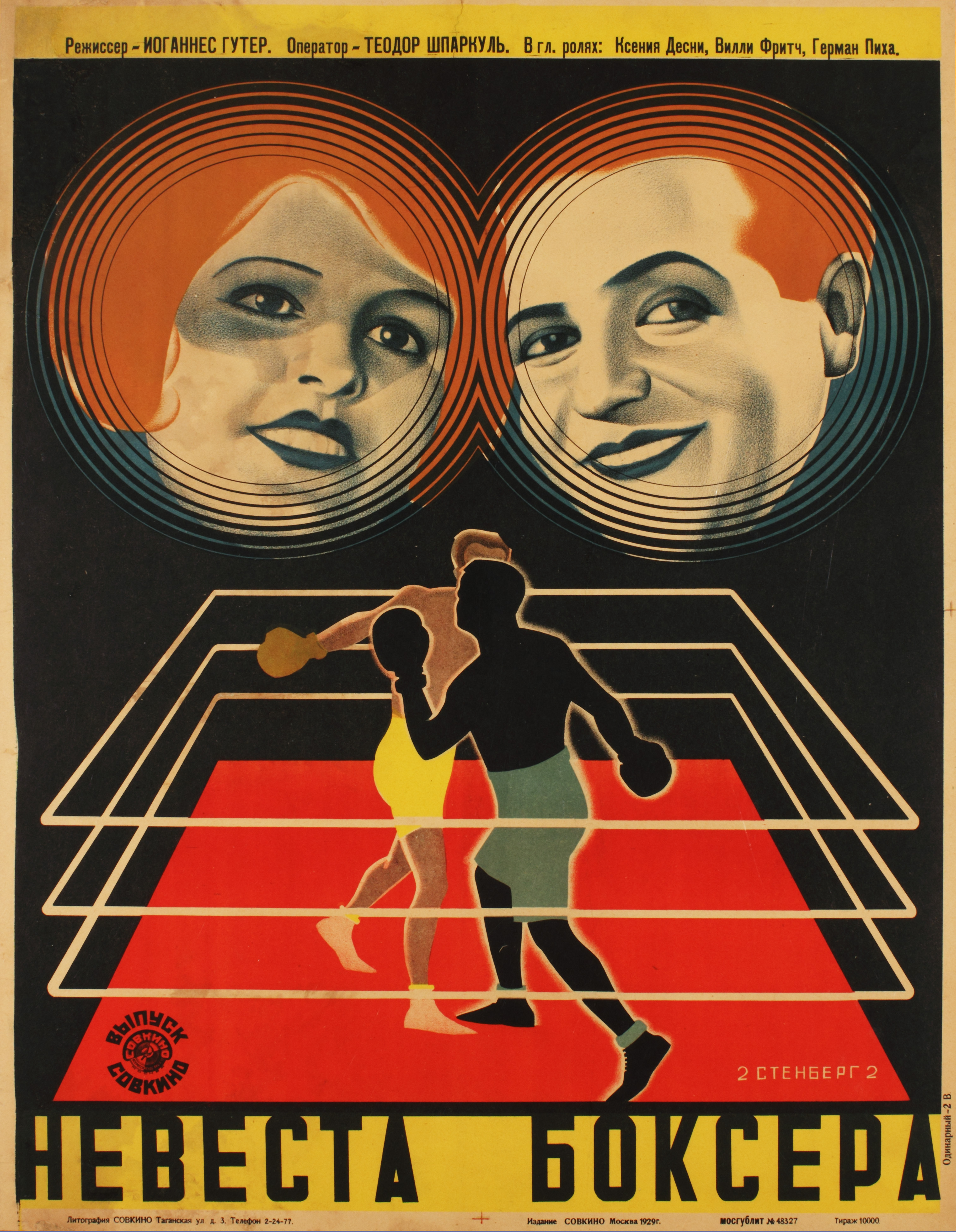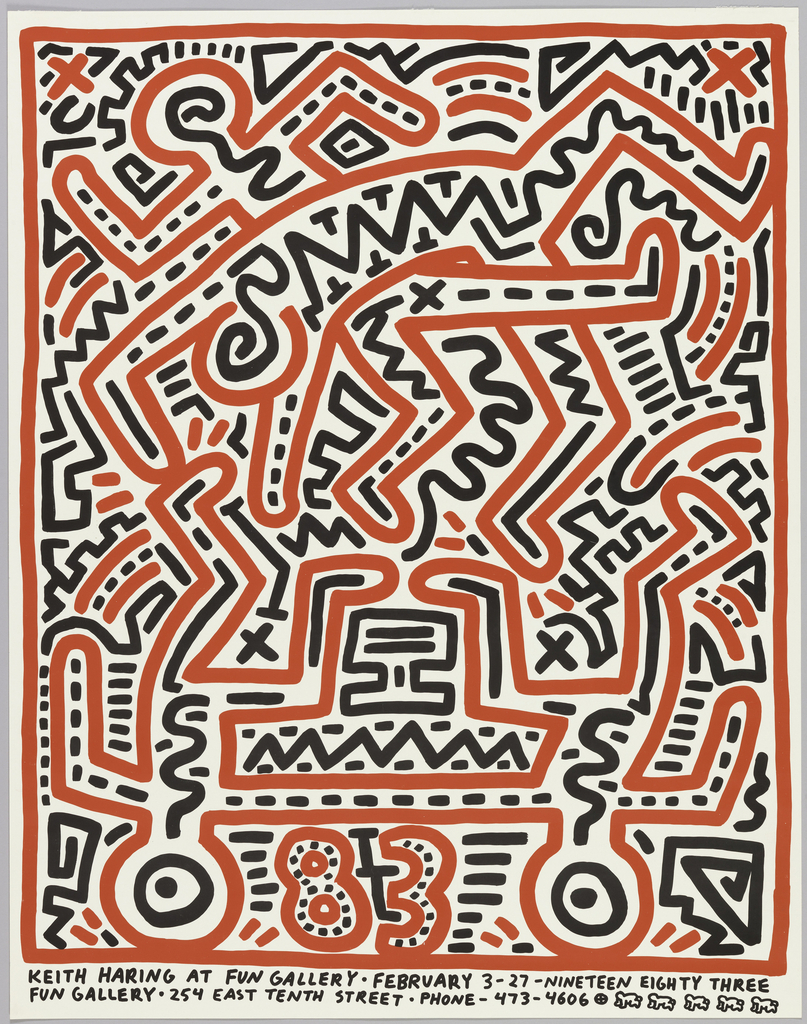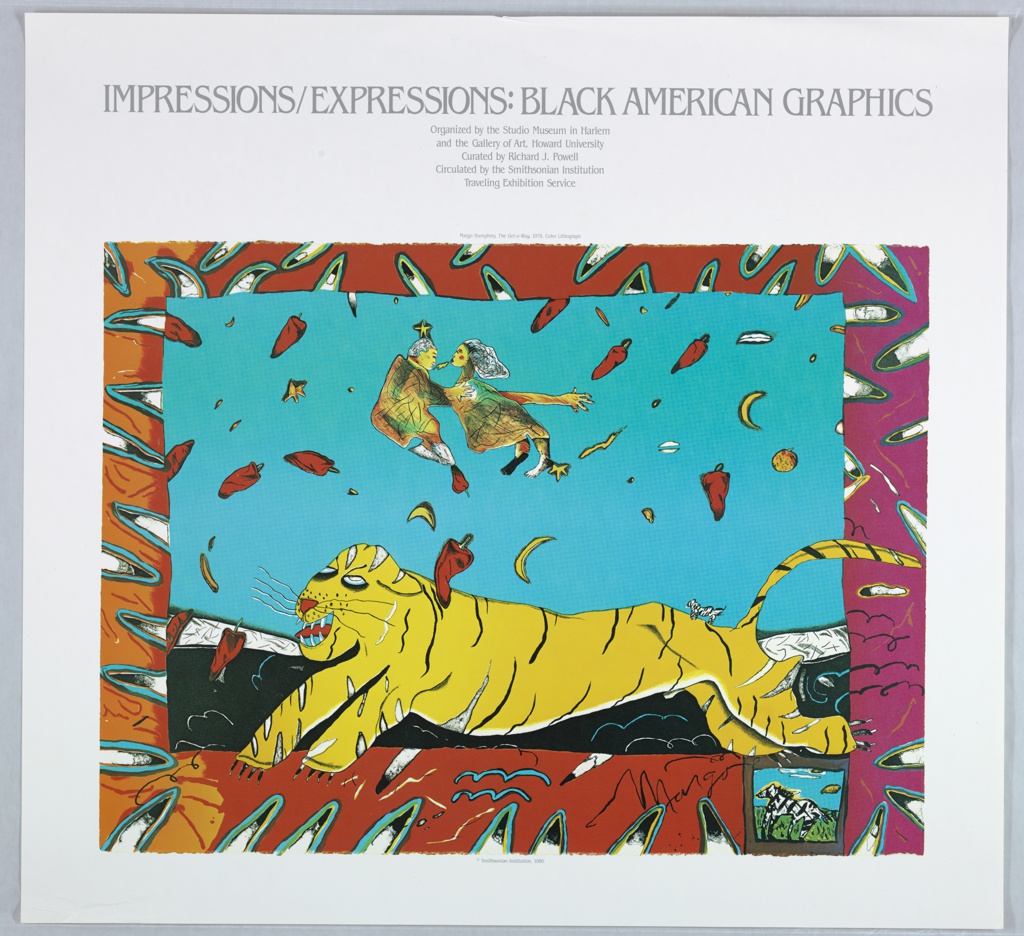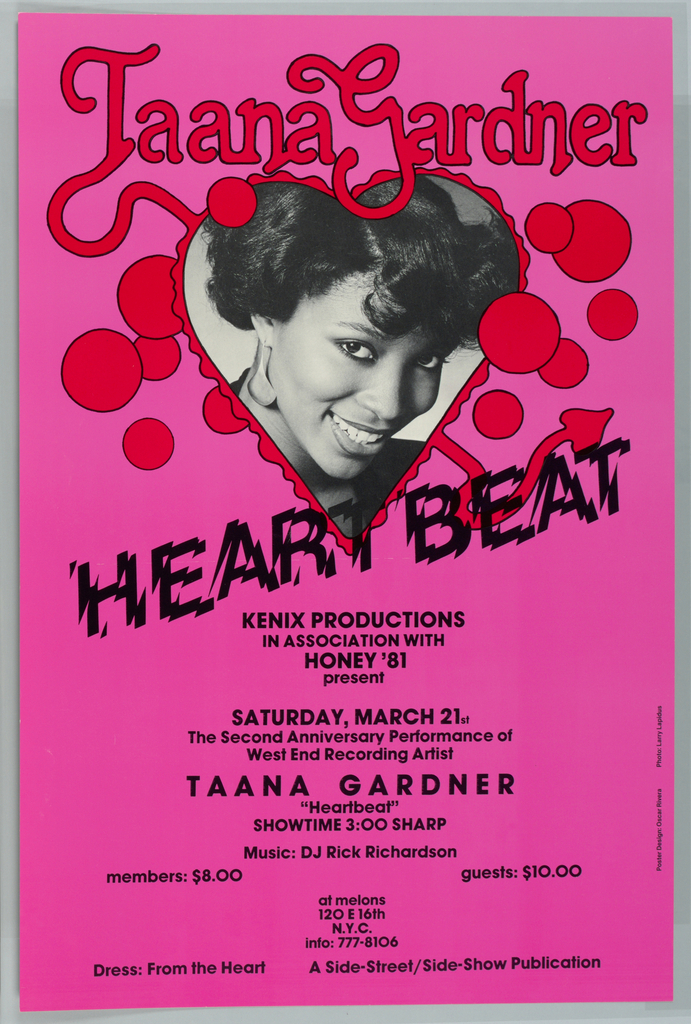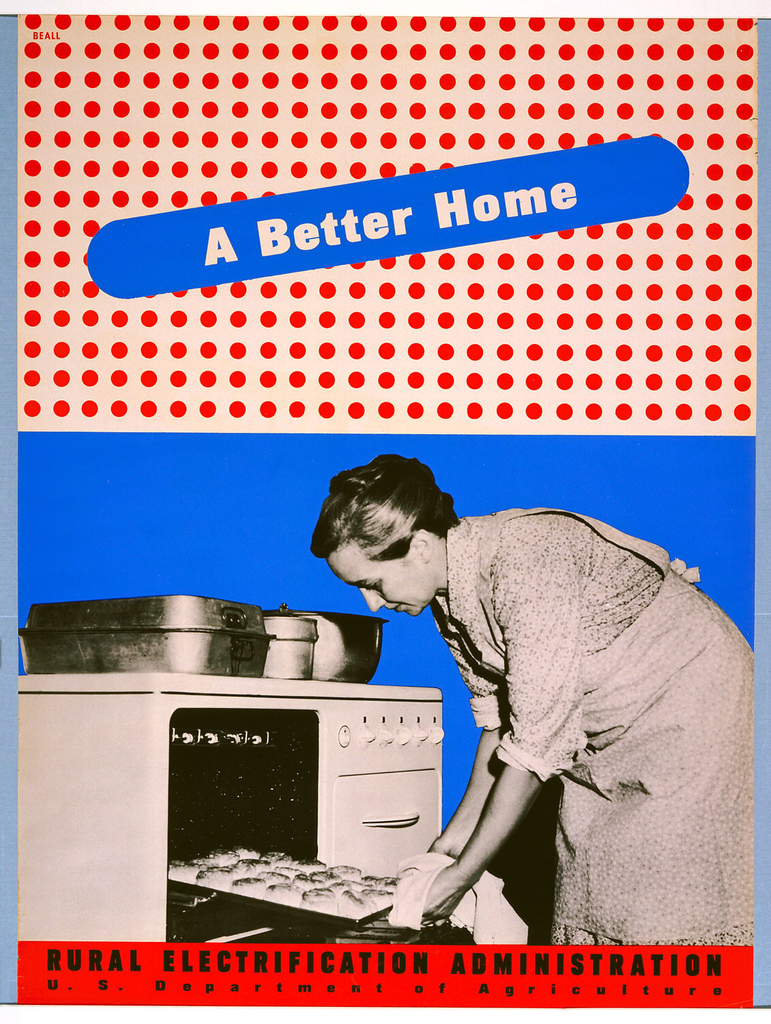Designer Edgardo Giménez synthesized a variety of artistic styles to establish one of his own, a style that he blended with provocative imagery (including his own nudity) to produce graphics that both captured a moment in Argentine history and created a tool for self-promotion.
Keith Godard was playful, funny, irreverent, and smart. Decked out in dapper bow ties and bright red shoes, he brought bubbles of joy to every occasion. He and Studio Works, the company he founded in 1986, contributed mightily to life in New York City. His works are preserved in many museum collections, including Cooper Hewitt,...
Designer Wes Wilson, who died on January 24, 2020, at age 82, created some of the most memorable posters of the psychedelic era. These wavy-gravy, acid-colored, hand-lettered provocations for the eye accompanied rock shows at San Francisco’s Fillmore Auditorium and Avalon Ballroom. Wilson’s posters for the Grateful Dead, Jefferson Airplane, The Association, and other bands...
World AIDS Day (December 1), was designated in 1988 as an occasion to raise awareness of AIDS and to commemorate those lost to the disease. Developed by Visual AIDS, an organization that supports artists and communities affected by HIV and AIDS, this poster announces the first Day Without Art on December 1, 1989. Day Without...
In the early years of the Soviet Union, there was a strong urge to understand all elements of life in terms relating either to the bourgeoisie or the proletariat. Many longstanding assumptions pertaining to the role of arts and leisure in society were subject to ideological debate. Constructivist artists, eager to secure a role for...
In celebration of World Pride, June Object of the Day posts highlight LGBTQ+ designers and design in the collection. Today’s blog post was originally published February 8th, 2015. A favored hangout among the early 1980s East Village art scene, the Fun Gallery became home to some of the New York City’s most notable artists, including...
In October of 1979, an exhibition entitled Impressions/Expressions: Black American Graphics opened at the Studio Museum in Harlem. The show, associated with the second annual “Survival of the Black Artist” Fine Arts Festival, later traveled to Howard University—alma mater of the exhibition’s 26 year-old curator, Richard J. Powell.[1] The first survey of its kind, Impressions/Expressions...
Although some may claim that disco died a messy media “death” in 1979, in the early ’80s, its “Heartbeat” could still be heard reverberating on radio airwaves and in dance clubs across the United States.[1] Fame first found Taana Gardner in 1978, when she became an overnight sensation after recording the vocals for West End...
This blog post was originally published on January 8, 2014. By the 1930s, the vast majority of American urban dwellers had access to electricity in their homes and businesses. But those in impoverished rural areas were often not serviced by private electric companies, who believed that it was not cost-effective for them to invest in...
